All Posts
12 Best AI APIs [2025]


APIs (application programming interfaces) are transforming how we approach marketing and creativity. While there are concerns about AI (artificial intelligence) software taking over jobs, the reality is more optimistic—62% of marketers believe AI is here to enhance their capabilities, not replace them. They see AI as a boost to creativity, making those who leverage it more valuable than ever.
With so many exciting options, choosing the right AI APIs is important for anyone eager to harness the creative powers of this technology alongside human talent. Whether it’s for generating videos or processing natural language, the variety of APIs available is vast, each offering unique strengths.
We've conducted thorough research and compiled a list of the best AI APIs. These tools are technologically advanced and optimal for enhancing speed and creativity in your projects.
An AI API, or artificial intelligence application programming interface, is a type of technology that allows developers to incorporate artificial intelligence features into applications. These APIs serve as bridges that connect AI functionalities with various applications, enabling them to perform complex tasks such as facial recognition, spam filtering, and sentiment analysis more efficiently.
In simpler terms, AI APIs provide access to pre-trained machine learning models which can be integrated into existing systems to make applications smarter and more capable without the need for extensive AI expertise from the user.
Here are some of the prominent types of AI APIs:
AI video generation APIs are powerful tools that automatically transform text into polished video content. Users feed inputs like text and images, and the API manages the entire video production process—from editing to final presentation. This technology is extremely useful for businesses that need video production at scale.
For example, Tavus lets developers integrate both high-fidelity video generation and real-time, face-to-face AI humans into their products. Users can train an AI human with about two minutes of video and provide a script; the system then generates a photorealistic talking‑head video, or powers live, humanlike conversations directly in your app—without building complex video or realtime systems from scratch.
Computer vision APIs enable machines to see and understand the world visually. These APIs process images and videos to identify objects, faces, and even emotions, making them useful in areas like security, retail, and autonomous driving.
They can automate tasks that rely on visual identification, such as scanning QR codes, recognizing product labels, or monitoring traffic conditions.
Natural Language Processing (NLP) APIs allow machines to understand and interact with human language. They analyze text to extract meaning, respond to voice commands, and even detect sentiment, helping businesses improve communication and deliver more personalized user experiences.
These APIs are used for developing applications like chatbots, language translators, and customer service tools that require understanding user queries and responding intelligibly.
Predictive analytics APIs use historical data to forecast future events. By identifying patterns and predicting trends, predictive analytics APIs enable proactive decision-making, optimizing processes, and reducing risks.
These APIs are widely used in finance for credit scoring, in marketing for customer segmentation, and in operations for inventory management.
Let’s take a look at the best AI APIs and what they excel in.

Tavus is a research lab pioneering human computing. For developers, Tavus offers the Conversational Video Interface (CVI) API for real-time, face-to-face AI humans, plus a high-fidelity Video Generation API powered by Phoenix‑3. You can white‑label Tavus to let users create personalized, photorealistic videos from scripts and bring AI humans into live conversations—without building the heavy lifting yourself.
This seamless integration lets teams stay focused on their core product while delivering lifelike video and conversation as part of the experience. Tavus provides studio‑grade lip sync and supports 30+ languages using default TTS or your own audio.

Key Features:
Pricing:
Best for: Developers embedding real‑time, face‑to‑face AI humans and personalized video into apps; product teams automating onboarding; businesses scaling customer engagement.
Explore Tavus for developers.

The Imagga API offers a collection of image understanding and analysis technologies, designed to automate the handling of large image collections. It’s designed for businesses that manage extensive visual data. The API analyzes images to understand their content and provides various insights. Additionally, it offers customization options, allowing businesses to tailor the API to their specific needs and integrate it into existing applications.
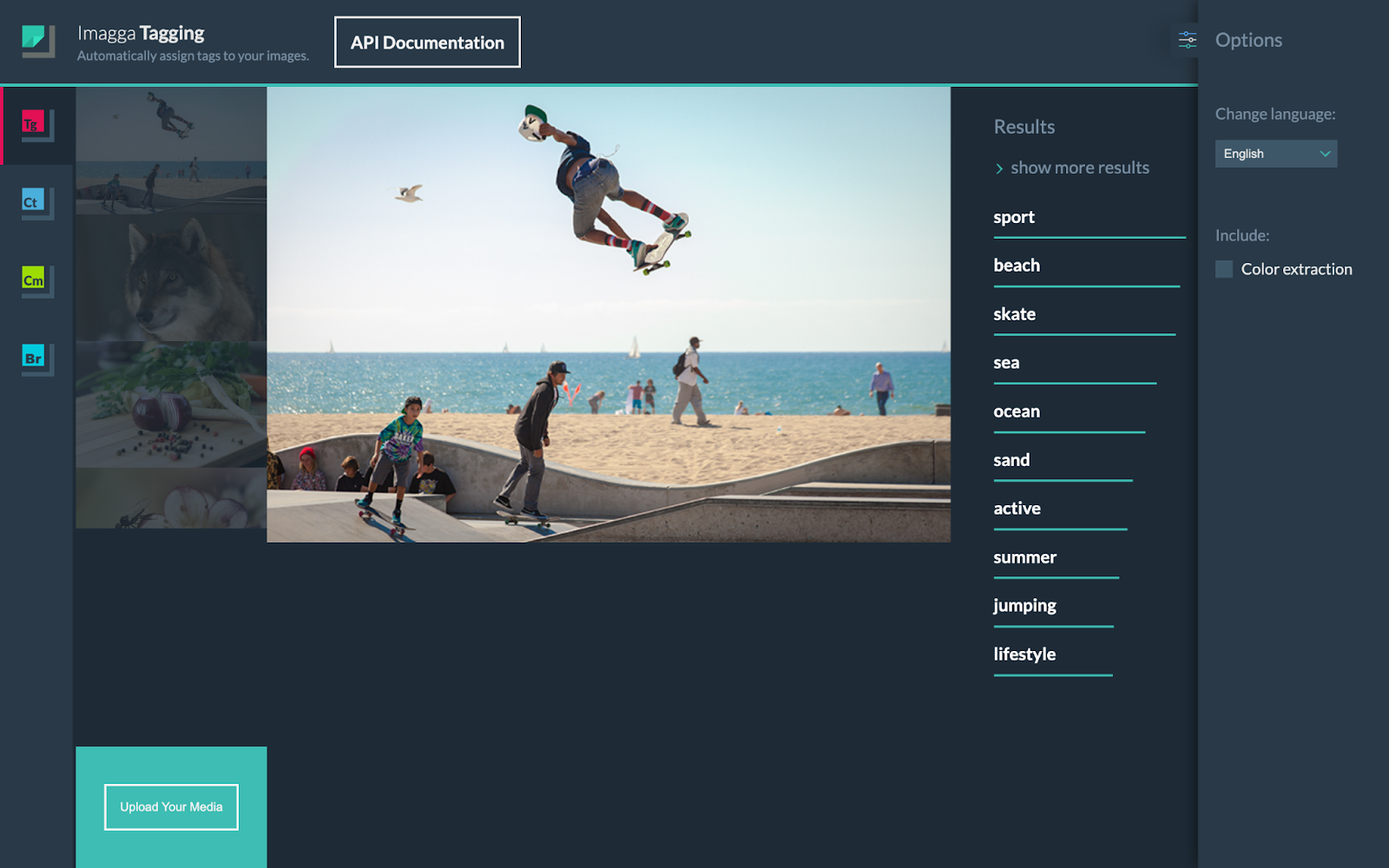
Key Features:
Pricing:
Best for: Media, retail, and security.

Vision AI uses the Cloud Vision API to enable applications to intelligently analyze images and videos. It automates the extraction and classification of information from visual content. Vision AI can be used for performing tasks such as optical character recognition (OCR), object detection, and facial recognition.
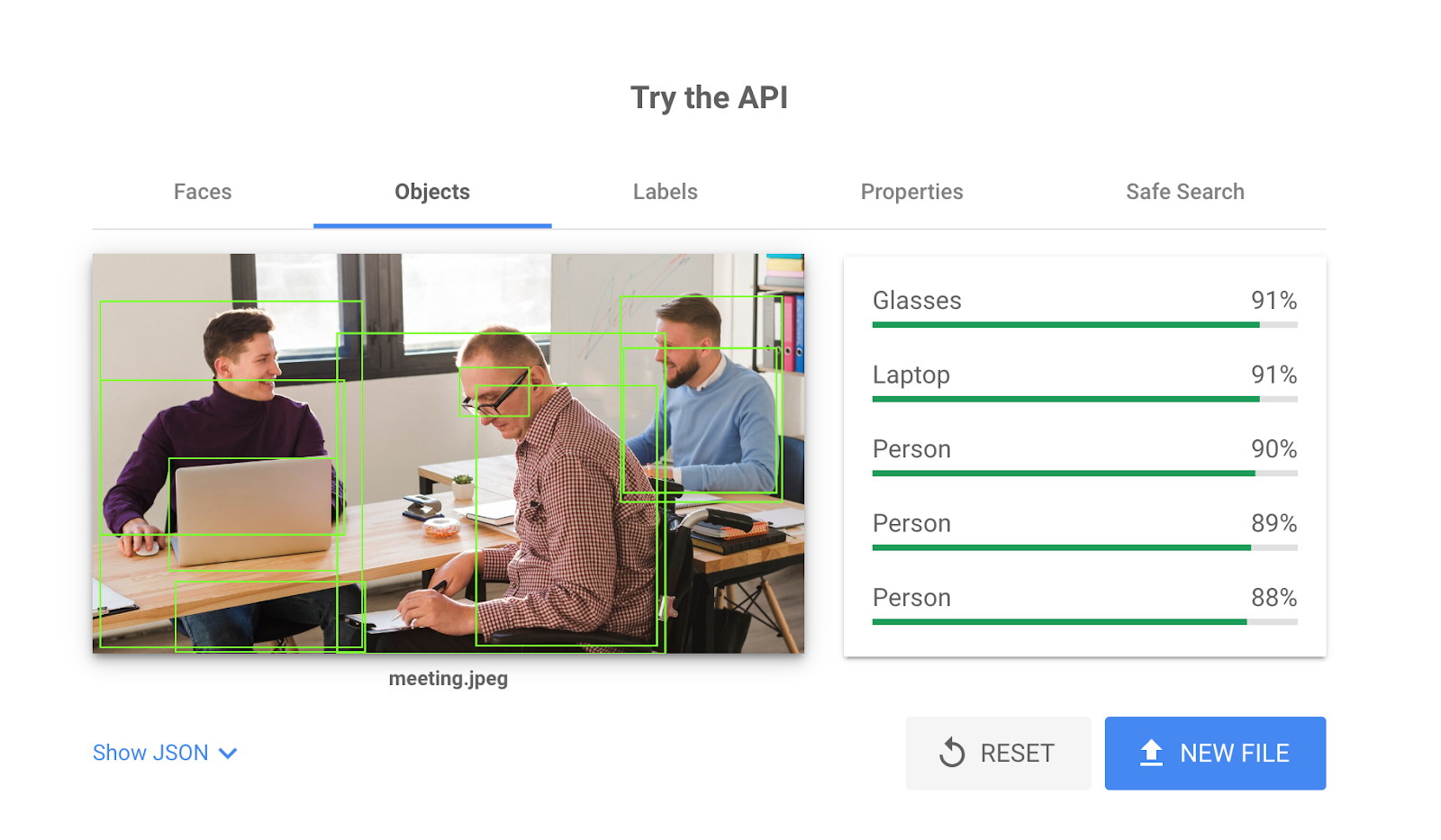
Key Features:
Pricing: First 1,000 units free—Pay-as-you-go fee after 1,000 units.
Best for: Digital asset management, security, e-commerce, and media.

IBM Watson Speech to Text is an AI-powered service that provides accurate transcription of audio to text in multiple languages. This service is designed for customer self-service, agent assistance, and more. It offers out-of-the-box functionality with advanced machine learning models or the option for customization to fit specific use cases. The service can be used for call centers, media companies, and legal firms and supports integration into existing applications.

Key Features:
Pricing:
Best for: Customer service, media, legal industries, and education.

Google Cloud's Speech-to-Text API is a tool that leverages neural network models to convert audio to text accurately. It supports a wide range of languages and can transcribe audio from real-time streams and pre-recorded files. This can be used for applications in customer service, media production, and accessibility solutions.
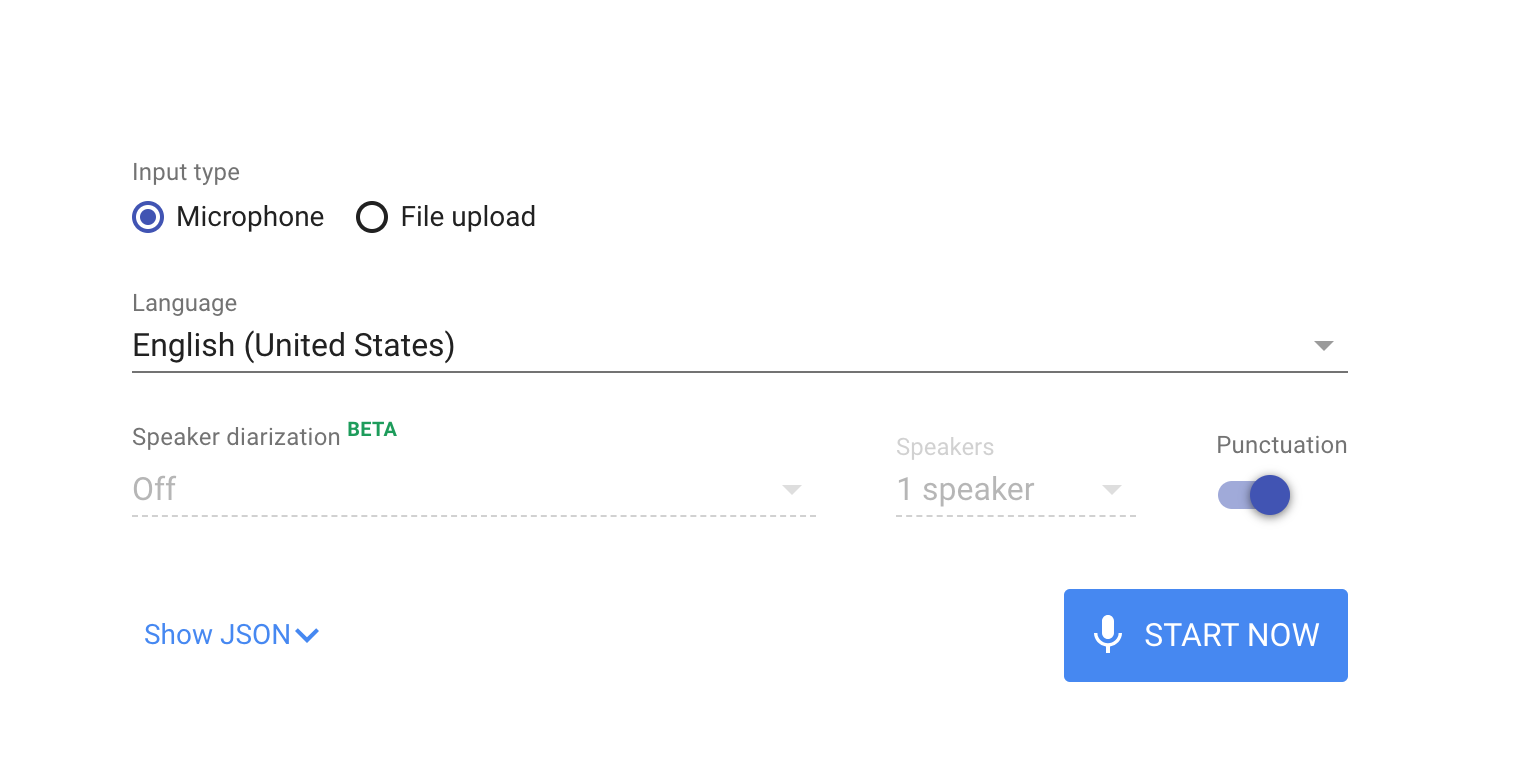
Key Features:
Pricing: First 60 minutes free—Pay-as-you-go fee after 60 minutes.
Best for: Customer service, media, accessibility, and education.

Stream's Auto Moderation API is an AI-driven tool designed to enhance trust and safety across digital platforms by identifying, monitoring, and resolving harmful content. This API uses advanced machine learning models and configurable policies to adapt to the specific context and expectations of your community. It can be used for any user-generated content environments that require real-time moderation to maintain a safe and inclusive space.
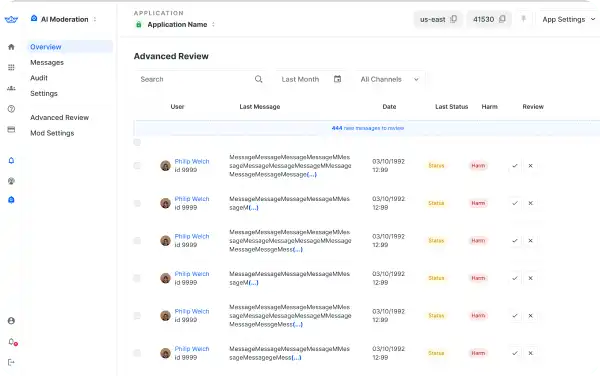
Key Features:
Pricing:
Best for: Online communities and social media platforms.

DeepAI API supports a variety of creative and analytical tasks, particularly in image and text processing. It can generate images from text descriptions, enhance image resolution, and perform image manipulations like colorization and noise reduction. This API can be used for developers, content creators, and marketers who require visual content.

Key Features:
Pricing:
Best for: Creative industries and digital marketing.

The Pixray API is a tool by Replicate used for generating images from text descriptions. It’s designed for artists, designers, and developers who require quick and customizable image generation. This API utilizes techniques such as Perception Engines and CLIP-guided GAN imagery to produce detailed images that align with the given prompts.
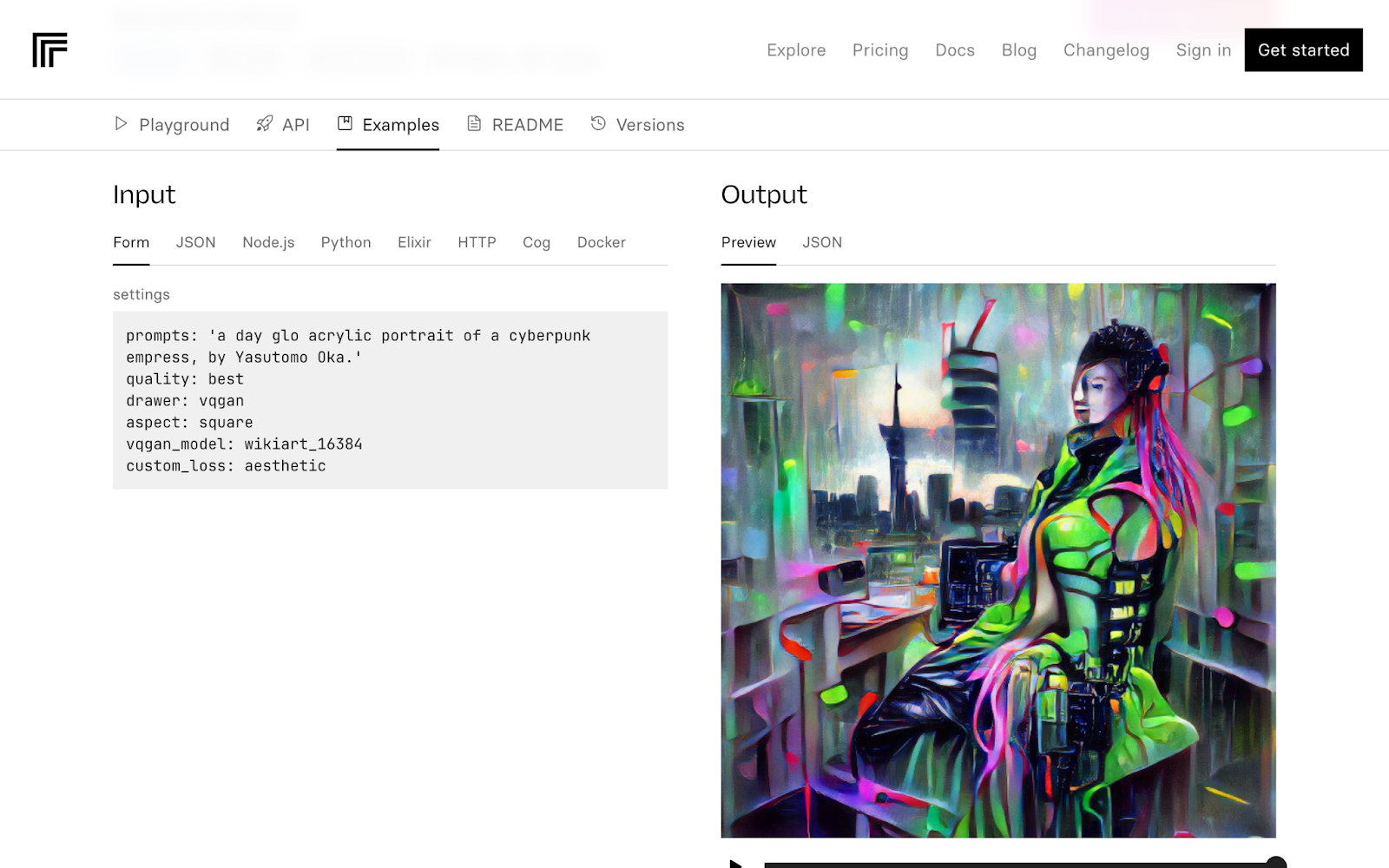
Key Features:
Pricing: Pricing varies—you’re billed for what you use by the second
Best for: Digital arts, advertising, and game design.

Microsoft’s Azure Cognitive Services is a collection of APIs that enables text conversion, language understanding, and more into applications. It's designed to augment user experiences across various applications, from emotion and sentiment detection to speech and vision capabilities. This is meant to be applied to various industries with minimal coding effort.
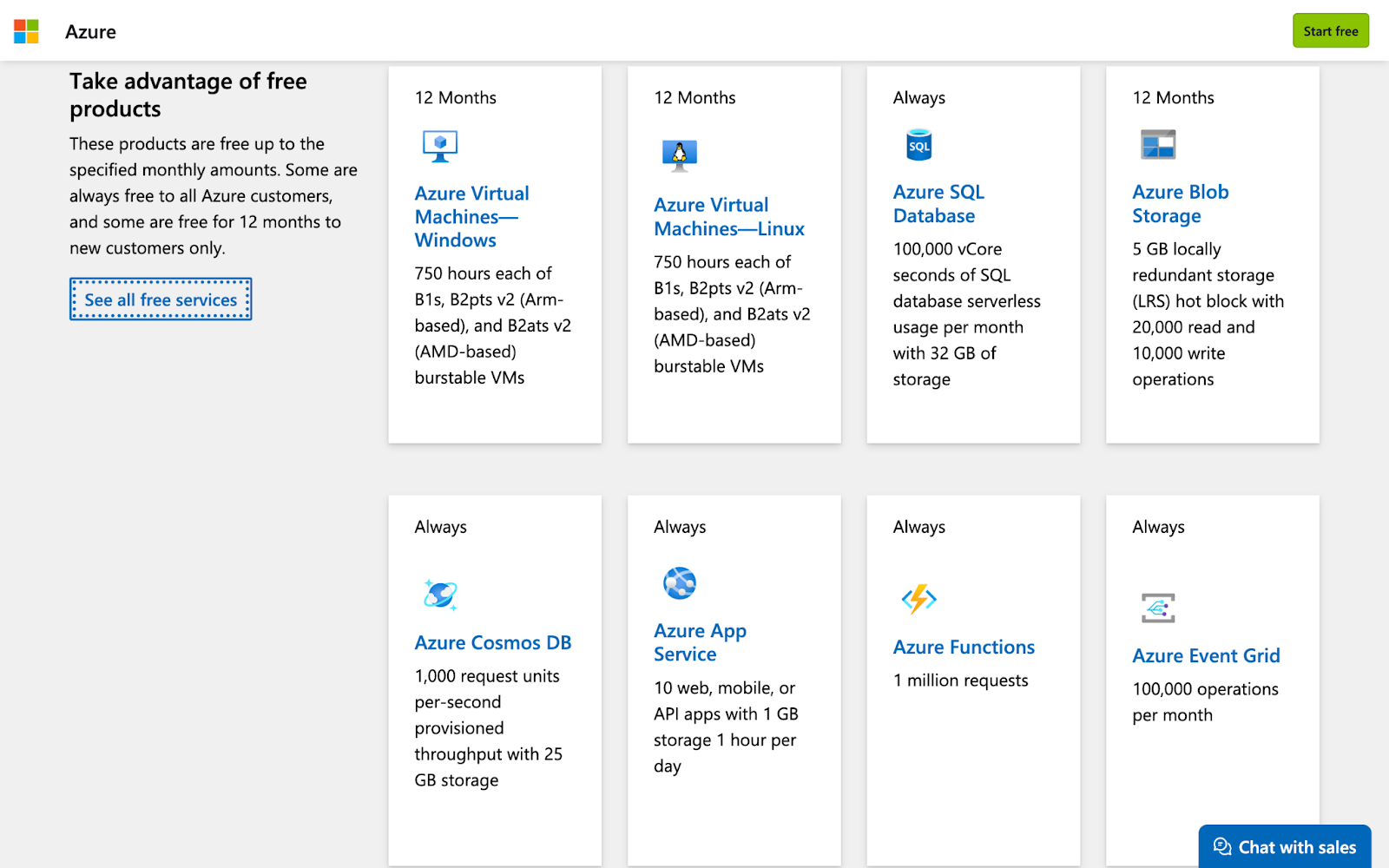
Key Features:
Pricing: Pay-as-you-go: First $200 free—Pay-as-you-go fee after $200 credit.
Best for: Developers in technology.

Amazon AI API, part of AWS (Amazon Web Services), provides a suite of machine learning services and tools that facilitate the integration of AI capabilities into various applications. These APIs are designed to enhance applications with advanced features such as natural language understanding, speech recognition, and image analysis. Amazon AI APIs are used across a wide range of industries including healthcare, finance, media, and customer service.
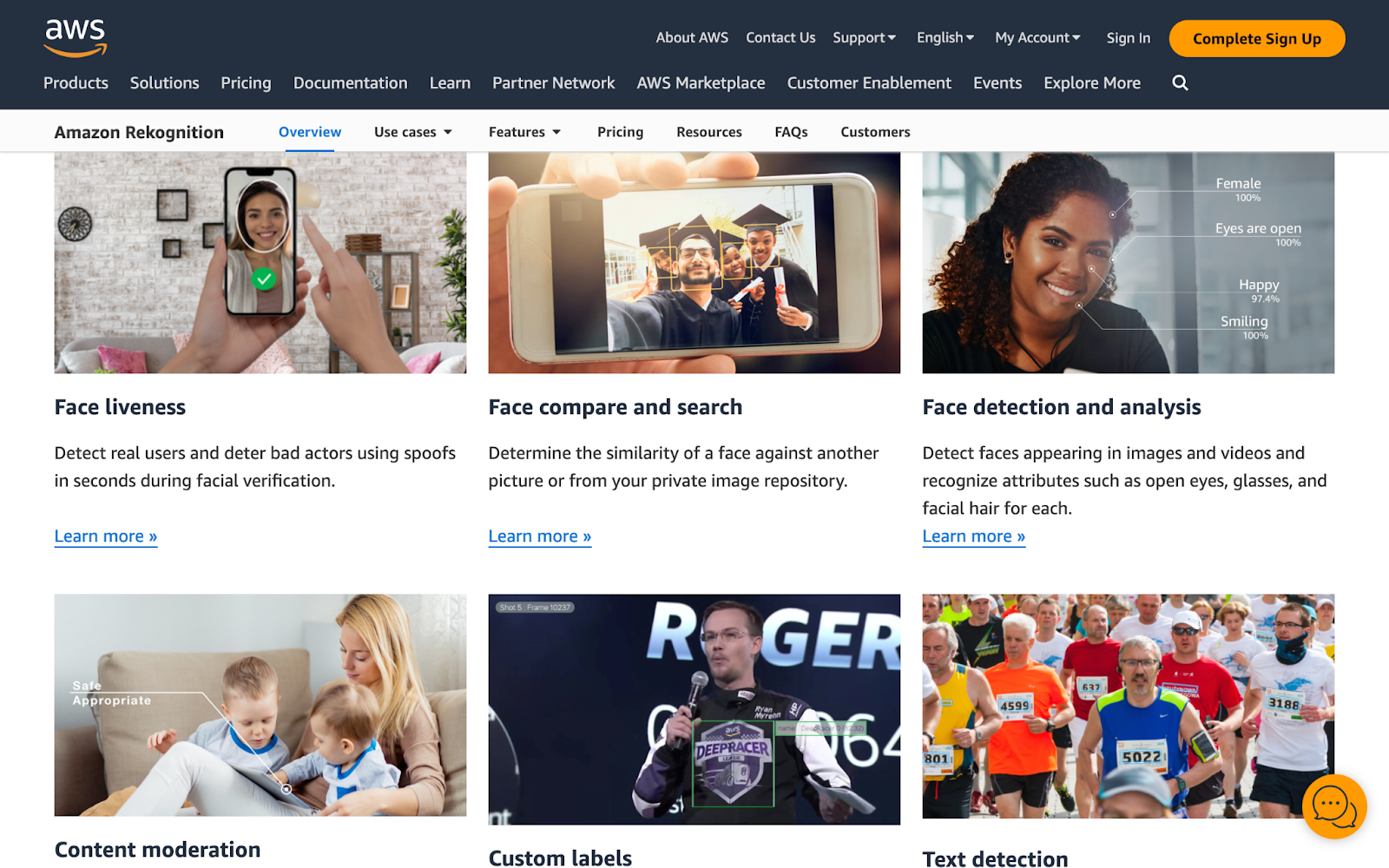
Key Features:
Pricing: Pay-as-you-go.
Best for: Data analysis.

The Clarifai API enables developers to implement image and video recognition capabilities into their existing applications. This API utilizes machine learning models to classify, detect, and segment images and videos in real time. It can be used for content moderation, security surveillance, and personalized customer experiences.
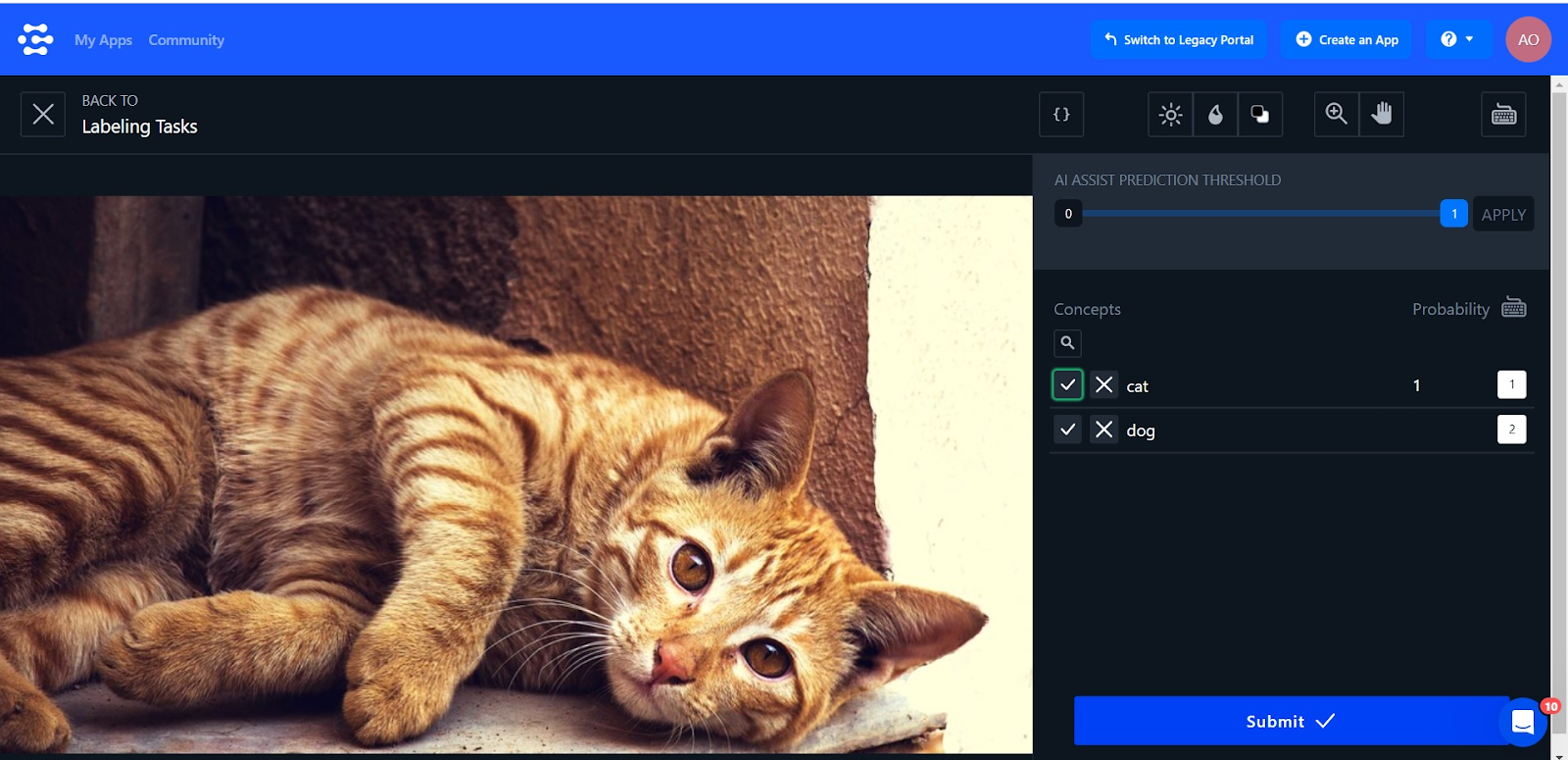
Key Features:
Pricing:
Best for: Tech, media, security, and retail.

The OpenAI API offers access to various AI models designed to handle tasks that involve understanding and generating human language. This API is capable of a wide range of functions from translating languages to generating human-like text, and even creating content such as articles, poems, and code. It can be used for developers looking to incorporate AI technology into products that require natural language processing, machine learning, and task automation.

Key Features:
Pricing: Pay-as-you-go.
Best for: Content creation, customer support, educational, and business.
Utilizing AI APIs has many advantages for streamlining operations, enhancing efficiency, and brings about innovation across various areas.
AI APIs save significant development time by providing ready-to-use AI functionalities that can be easily integrated into existing systems. Developers don't need to build complex AI models from scratch. Instead, they can leverage pre-built models to add features such as image recognition, language translation, or personalized recommendations quickly.
This allows developers to focus on other aspects of their projects, speeding up the development cycle and bringing products to market faster.
AI APIs open up many opportunities for automation, allowing businesses to streamline operations and reduce manual efforts. From automating customer inquiries through chatbots to processing invoices, AI APIs help automate routine tasks. This frees up human resources for more strategic activities.
These APIs allow businesses to handle increasing amounts of data and more complex processes as they grow. Whether it’s managing larger datasets for analytics or supporting more concurrent users on a platform, AI APIs help scale operations seamlessly.
This scalability ensures that businesses can expand their capabilities without compromising performance or user experience.
AI APIs continuously learn and improve from new data, adapting their functions over time without human intervention. This aspect of dynamic learning ensures that the applications remain effective and efficient as patterns change and new data becomes available.
For example, predictive analytics APIs enhance their accuracy over time by refining their forecasts based on the latest data trends. Similarly, personalized recommendation engines adjust their outputs to align with evolving user preferences, ensuring that the recommendations stay relevant and engaging.
Let’s look at the most frequently asked questions on AI APIs to give you a better sense of their capabilities.
AI APIs are versatile tools used across various industries for different purposes like:
Common features of AI APIs include:
Security is a critical concern for AI APIs, particularly because they frequently process sensitive data. To safeguard this data, AI APIs employ several robust security measures.
Security practices include implementing strong authentication protocols to verify user identities, utilizing encryption to safeguard data both in transit and at rest, and regularly updating APIs to address vulnerabilities and enhance system integrity.
These proactive security practices ensure that AI APIs remain secure and trustworthy tools for handling data.
The flexibility and broad applicability of AI APIs are bringing exciting innovations to various industries. Whether you’re looking to automate tasks, harness data for predictive analytics, or integrate real-time AI-driven interactions, there is an AI API that can meet your needs.
Tavus offers an exceptional toolset for embedding real‑time, face‑to‑face AI humans and high‑fidelity video generation into applications. With the Conversational Video Interface (CVI) and Phoenix‑3 video generation, developers can let users create hyper‑realistic videos from scripts or hold live conversations—at scale. Features include studio‑grade lip sync, support for 30+ languages, and the option to use default TTS or bring your own audio.
These capabilities can dramatically enhance your end-user experience by providing a unique and interactive way for people to connect with your business.